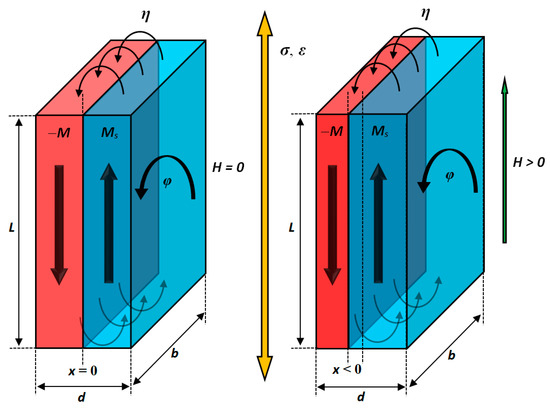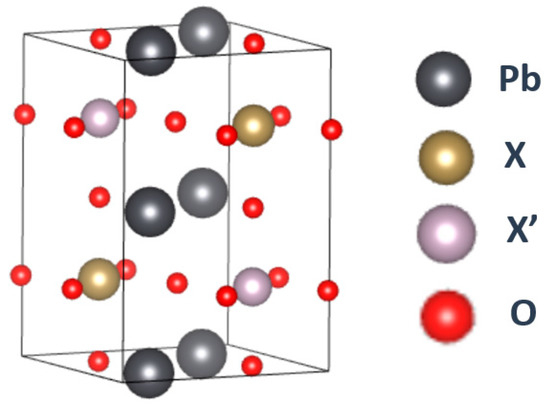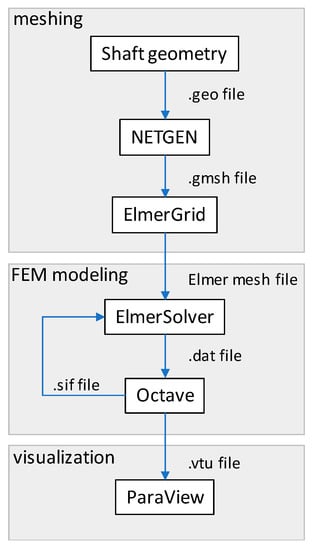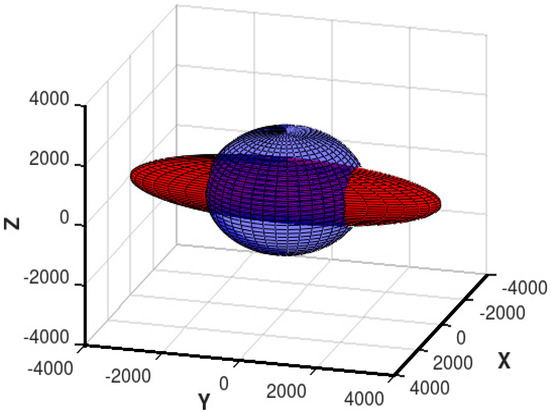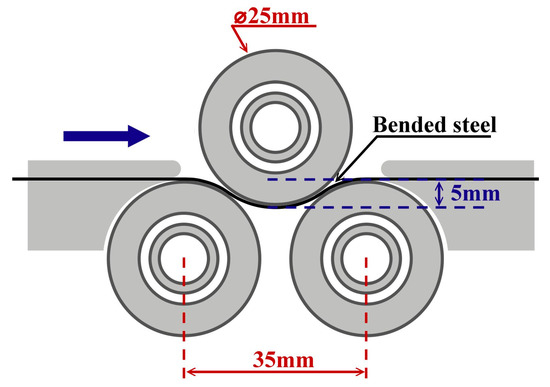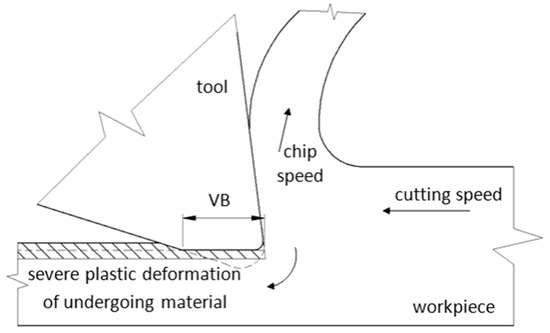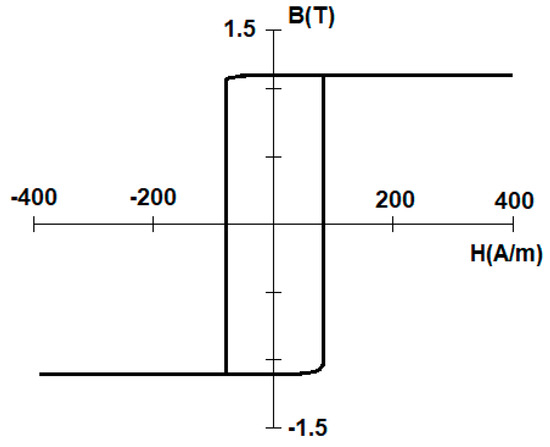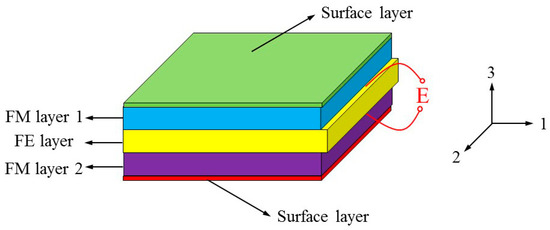Magnetoelastic Materials
A topical collection in Materials (ISSN 1996-1944). This collection belongs to the section "Materials Physics".
Viewed by 60214Editor
Interests: magnetoelastic effect; soft magnetic materials; magnetic hysteresis models
Special Issues, Collections and Topics in MDPI journals
Topical Collection Information
Dear Colleagues,
Among the different problems of solid state physics, the magnetoelastic effect seems to be one of those that are still not sufficiently explained. In spite of intensive experimental research since the first observation of magnetoelastic effect by Villari in 1865, the complete, quantitative model of mechanical stress dependence of magnetic properties of soft magnetic materials was not presented. Moreover, many other magnetomechanical phenomena are still not fully understood, such as:
- magnetostriction,
- Wiedemann effect,
- Matteucci effect,
- magnetovolume effect
On the other hand, during recent years, significant progress in research of magnetoelastic effect was reached. Especially, new highly magnetostrictive materials were developed, enabling practical utilization of magnetostrictive effects in actuators. Development of these actuators gave fresh impetus on magnetoeastic research focused on mechanical stress dependence of magnetic characteristics of, e.g., Terfenol-D, which are crucial for these applications. Moreover, magnetoelastic effects are very promising in non-destructive testing, enabling contactless assessment of stresses in steel. The research on magnetoelastic phenomena enabled development of numerous new types of sensors, such as magnetostrictive delay lines based for bio-medical applications.
The "Magnetoelastic Materials" Special Issue of the journal aims to act as a guide in this extensive topic, and will include both articles presenting new original results, short communications and reviews of recent research or specific applications. Contributions can range from fundamental properties of magnetoelastic materials, their processing and characterization, as well as to innovations in processing technologies or the development of magnetomechanical applications.
Roman Szewczyk, Asoc. Professor, DSc., PhD.
Guest Editor
Manuscript Submission Information
Manuscripts should be submitted online at www.mdpi.com by registering and logging in to this website. Once you are registered, click here to go to the submission form. Manuscripts can be submitted until the deadline. All submissions that pass pre-check are peer-reviewed. Accepted papers will be published continuously in the journal (as soon as accepted) and will be listed together on the collection website. Research articles, review articles as well as short communications are invited. For planned papers, a title and short abstract (about 250 words) can be sent to the Editorial Office for assessment.
Submitted manuscripts should not have been published previously, nor be under consideration for publication elsewhere (except conference proceedings papers). All manuscripts are thoroughly refereed through a single-blind peer-review process. A guide for authors and other relevant information for submission of manuscripts is available on the Instructions for Authors page. Materials is an international peer-reviewed open access semimonthly journal published by MDPI.
Please visit the Instructions for Authors page before submitting a manuscript. The Article Processing Charge (APC) for publication in this open access journal is 2600 CHF (Swiss Francs). Submitted papers should be well formatted and use good English. Authors may use MDPI's English editing service prior to publication or during author revisions.
Keywords
- magnetoelastic effect
- nondestructive testing
- magnetostriction
- hysteresis model
- soft magnetic materials
- magnetomechanical effects







